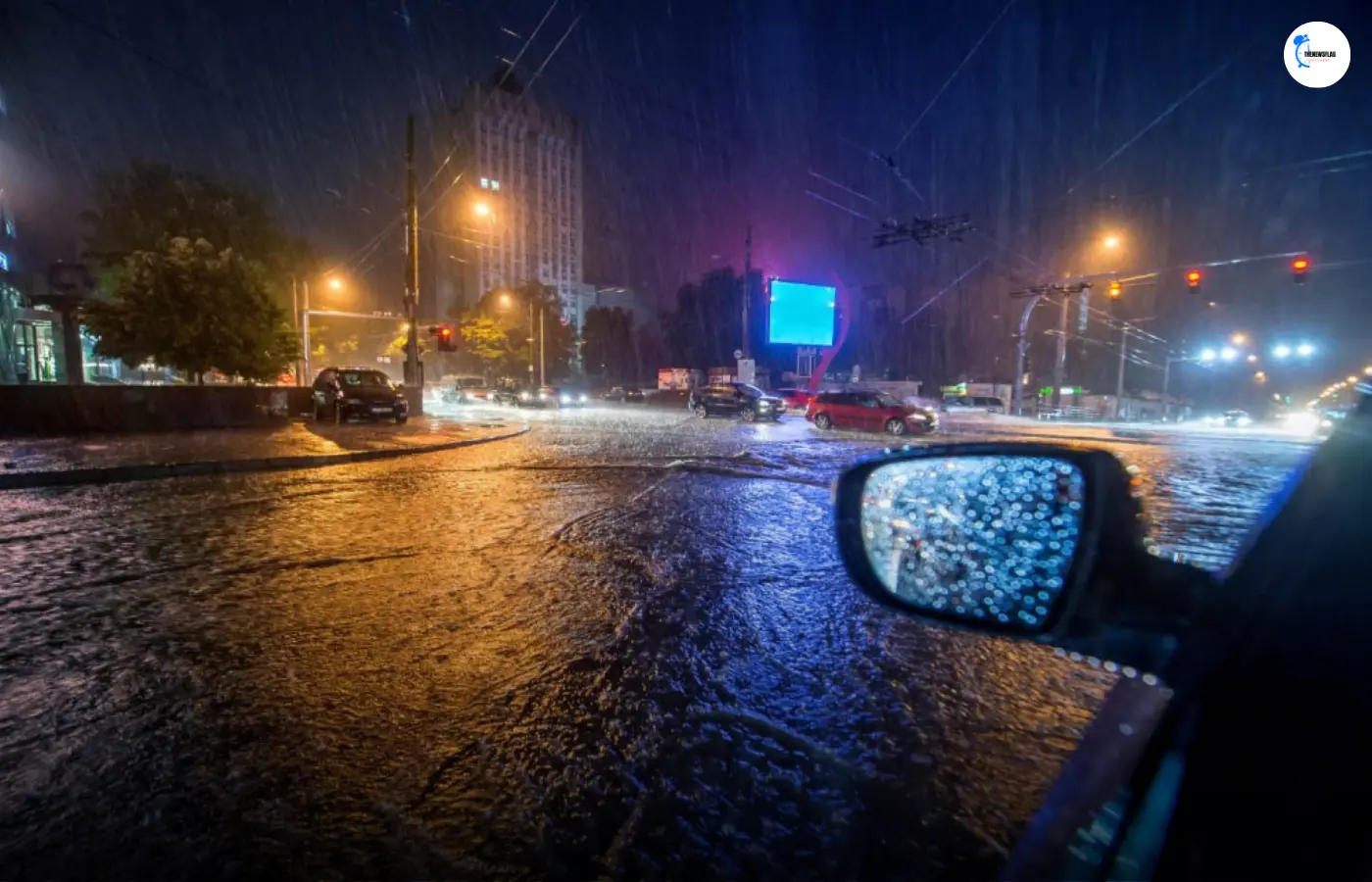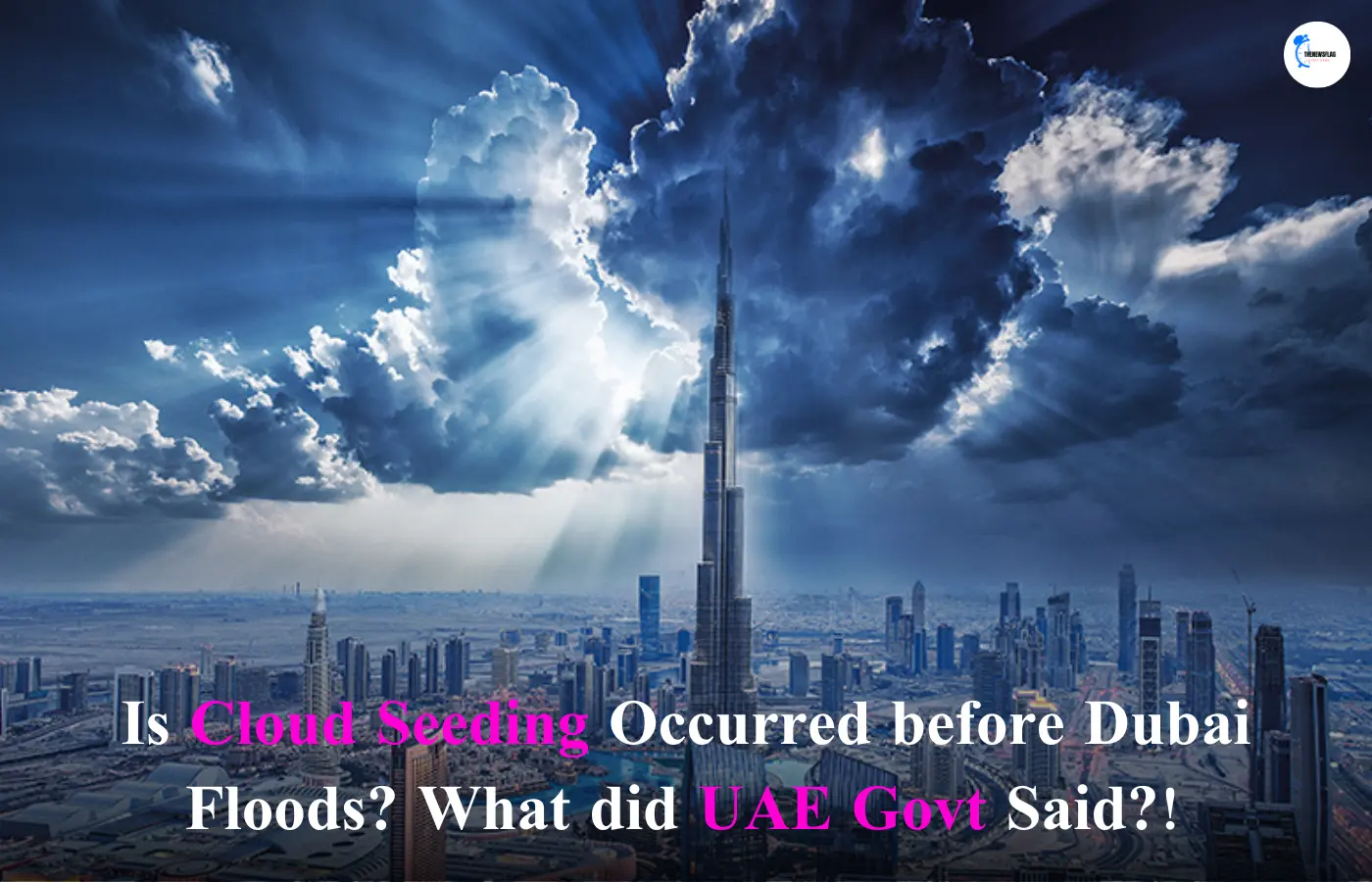Cloud seeding occurred before Dubai floods: The National Center of Meteorology (NCM), a government taskforce responsible for cloud seeding missions in the United Arab Emirates, denied reports that it carried out the weather modification technique in the runup to heavy storms across the country, therefore exacerbating flooding in places like Dubai. The organization told CNBC that it did not dispatch pilots for seeding operations before or during the storm that struck the UAE on Tuesday.
View this post on Instagram
Is Cloud Seeding Occurred before Dubai Floods? What UAE Govt Said?
The Gulf state has experienced a rise in rainfall in the last few years and precipitation is expected to increase by 30% in the coming years, according to a report from the science journal Nature.
The NCM said it had tracked the incoming heavy rainfall but did not target any clouds during that period, attributing the storm to natural rainfall.

What did the deputy director general of the NCM said?
Omar AlYazeedi, deputy director general of the NCM, said that the institution “did not conduct any seeding operations during this event.”
He added, “One of the basic principles of cloud seeding is that you have to target clouds in its early stage before it rains, if you have a severe thunderstorm situation then it is too late to conduct any seeding operation.”
On Tuesday, the country experienced its heaviest downpour to date, with over 250 millimeters of rainfall in the Emirate of Al Ain, according to NCM figures, and recording more than 100 mm in places like Dubai. The annual rainfall in the UAE averages between 140 to 200 mm.
The NCM denial follows an earlier Bloomberg report, in which Ahmed Habib, a specialist meteorologist, had said that the Tuesday rains had stemmed partly from cloud seeding. Habib later told CNBC that six pilots had flown missions as part of regular protocol, but had not seeded any clouds. CNBC was not able to independently verify the reports.
What is Cloud Seeding
Cloud Seeding Occurred before Dubai Flood: Cloud seeding, a process used to enhance rainfall, has been an integral part of the UAE’s mission to solve water shortages. Seeding missions were introduced in the 1990s, and over 1,000 hours of cloud seeding are now performed annually.
The NCM said it had tracked the incoming heavy rainfall but did not target any clouds during that period, attributing the storm to natural rainfall.
The deputy director general added: “We take the safety of our people, pilots, and aircraft very seriously. The NCM does not conduct cloud seeding operations during extreme weather events.”
The Gulf state has experienced a rise in rainfall in the last few years, and precipitation is expected to increase by 15-30% in the coming years, according to a report from the science journal Nature.
Traditionally characterized by its desert climate and scarce rainfall, the UAE has experienced shifts in weather patterns overtime as a consequence of climate change.
The UAE government’s National Emergency Crisis and Disaster Management Authority issued warnings on social media platform X ahead of the unstable weather conditions and urged residents to stay home and adhere to safety guidelines.
The UAE’s infrastructure and buildings are designed to endure weather patterns typical to the region, such as minimal rainfall. The Emirates drainage systems struggled to cope during the unprecedented downpours, resulting in flooded roads and airports and halting the country’s main operations.





